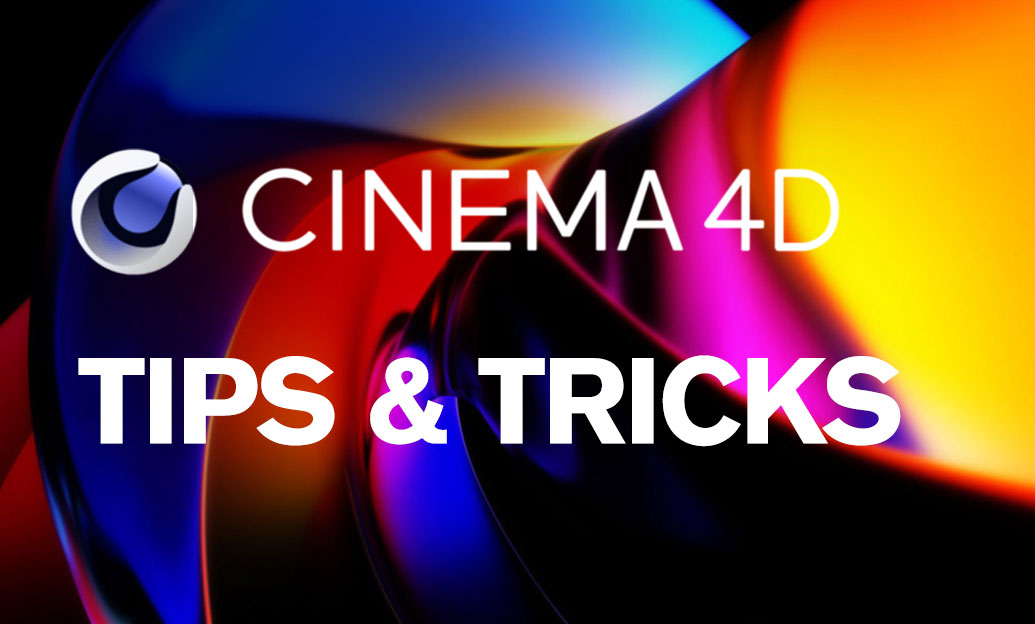Your Cart is Empty
Customer Testimonials
-
"Great customer service. The folks at Novedge were super helpful in navigating a somewhat complicated order including software upgrades and serial numbers in various stages of inactivity. They were friendly and helpful throughout the process.."
Ruben Ruckmark
"Quick & very helpful. We have been using Novedge for years and are very happy with their quick service when we need to make a purchase and excellent support resolving any issues."
Will Woodson
"Scott is the best. He reminds me about subscriptions dates, guides me in the correct direction for updates. He always responds promptly to me. He is literally the reason I continue to work with Novedge and will do so in the future."
Edward Mchugh
"Calvin Lok is “the man”. After my purchase of Sketchup 2021, he called me and provided step-by-step instructions to ease me through difficulties I was having with the setup of my new software."
Mike Borzage
ZBrush Tip: Maximizing Efficiency and Creativity with ZBrush's Array Mesh Feature
October 20, 2024 2 min read

In the dynamic world of digital sculpting, ZBrush stands out with its powerful toolset designed to empower artists. One such tool, the Array Mesh Feature, provides a sophisticated way to create complex patterns and intricate designs with remarkable ease. This feature enhances the creative process, enabling artists to introduce repetitive elements into their artwork, while maintaining full control over the arrangement and style.
Here’s how you can maximize your use of the Array Mesh Feature in ZBrush:
-
Understanding Array Mesh Basics:
- The Array Mesh function allows for the creation of repetition patterns across your model. This can be particularly useful for creating architectural elements, jewelry, or even complex character accessories.
- Access the Array Mesh feature from the Transform palette. This panel offers a variety of controls to set up and customize your array.
-
Setting Up Your Array:
- Begin by selecting the subtool you wish to apply the Array Mesh to.
- Enable the Array Mesh by clicking on ArrayMesh in the Transform palette. This activates the feature and displays the corresponding options.
- Adjust the Repeat slider to determine how many copies of the object will be generated in the array.
-
Controlling the Array Path:
- Use the Offset settings to define the direction and distance between each repeated element. This can be adjusted along the X, Y, and Z axes to create a linear, spiral, or even a grid-like pattern.
- For more complex designs, experiment with the Rotate and Scale parameters, which allow you to spin and resize elements within the array, offering unique and creative configurations.
-
Enhancing Details with Live Updates:
- One of the standout features of Array Mesh is its live update capability. This allows modifications to the original subtool to be instantly reflected across all instances in the array, ensuring uniformity and saving time.
-
Finalizing Your Array:
- Once satisfied with your array configuration, convert it into a single mesh by clicking Make Mesh. This creates a new tool with the pattern baked into the geometry, allowing for further detailing and refinement.
By leveraging the full potential of the Array Mesh Feature, artists can significantly enhance their workflow efficiency and creative expression. Whether you're crafting intricate patterns or designing repetitive structures, this tool is invaluable. For more expert tips and resources, consider exploring NOVEDGE, a leading hub for 3D software and digital art solutions.
You can find all the ZBrush products on the NOVEDGE web site at this page.
Also in Design News

Revolutionizing Telecommunications: The Rise of Advanced Design Software
August 31, 2025 16 min read
Read More
Cinema 4D Tip: Optimizing 2D Matte Integration with Projection Man in Cinema 4D
August 31, 2025 3 min read
Read MoreSubscribe
Sign up to get the latest on sales, new releases and more …



